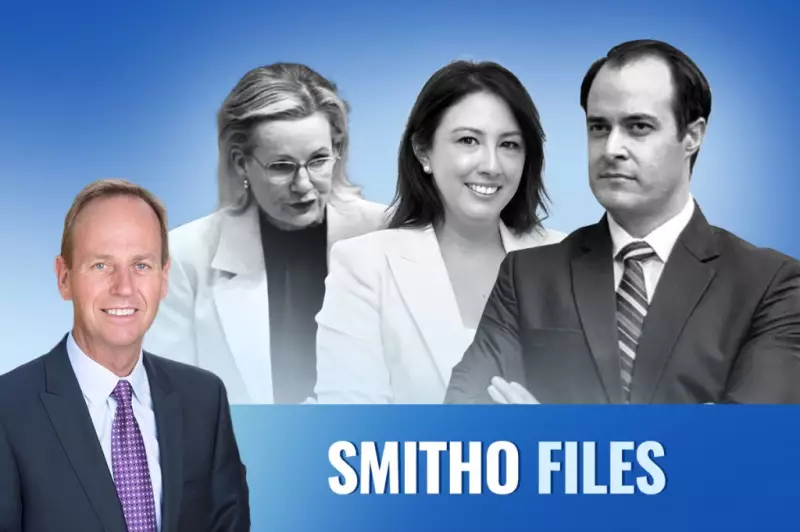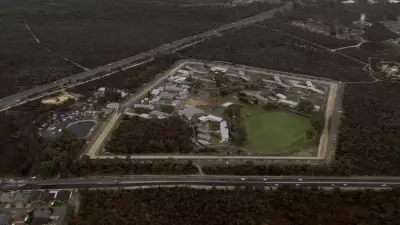
In a striking display of internal dissent, SAS Liberal Party President Jennifer Black has embarked on an independent mission advocating for net zero emissions, directly challenging her party's official stance on climate policy. The prominent South Australian political figure is taking her message directly to communities, bypassing traditional party channels in what observers describe as a significant break from party unity.
A Leader Breaking Ranks
Jennifer Black, serving as the SAS Liberal President, has openly acknowledged that her personal advocacy for net zero emissions does not represent the official position of the Liberal Party. This unusual move highlights the deepening divisions within conservative ranks over how to address climate change while maintaining economic competitiveness.
Black's independent campaign focuses on practical solutions rather than ideological debates, emphasizing the economic opportunities presented by renewable energy transition. Her approach marks a departure from the party's traditionally cautious stance on emissions reduction targets and climate policy implementation.
The Political Context and Timing
The SAS Liberal President's solo mission comes at a critical juncture for Australian climate politics. With global pressure increasing for more ambitious emissions reductions and domestic energy costs remaining a concern for voters, Black's actions reveal the growing tension between different factions within the Liberal Party.
Her advocacy work demonstrates that climate policy remains a deeply divisive issue within Australian conservative politics, even as public opinion increasingly favors stronger action on emissions reduction. The timing suggests that internal debates about the party's direction on environmental issues are far from settled.
Implications for Australian Politics
Political analysts are watching Black's independent net zero mission closely, seeing it as a potential indicator of broader shifts within the Liberal Party. The fact that a sitting party president feels compelled to work outside official channels signals the depth of disagreement on climate policy.
This development could have significant consequences for how the Liberal Party positions itself on environmental issues moving forward, particularly as Australia faces increasing international pressure to strengthen its climate commitments. Black's actions may inspire other moderate Liberals to speak more openly about their support for net zero policies.
The situation also raises questions about party discipline and how much diversity of opinion will be tolerated on contentious issues like climate change. As Black continues her independent advocacy, the response from party leadership and fellow members will reveal much about the Liberal Party's future direction on one of Australia's most pressing policy challenges.





